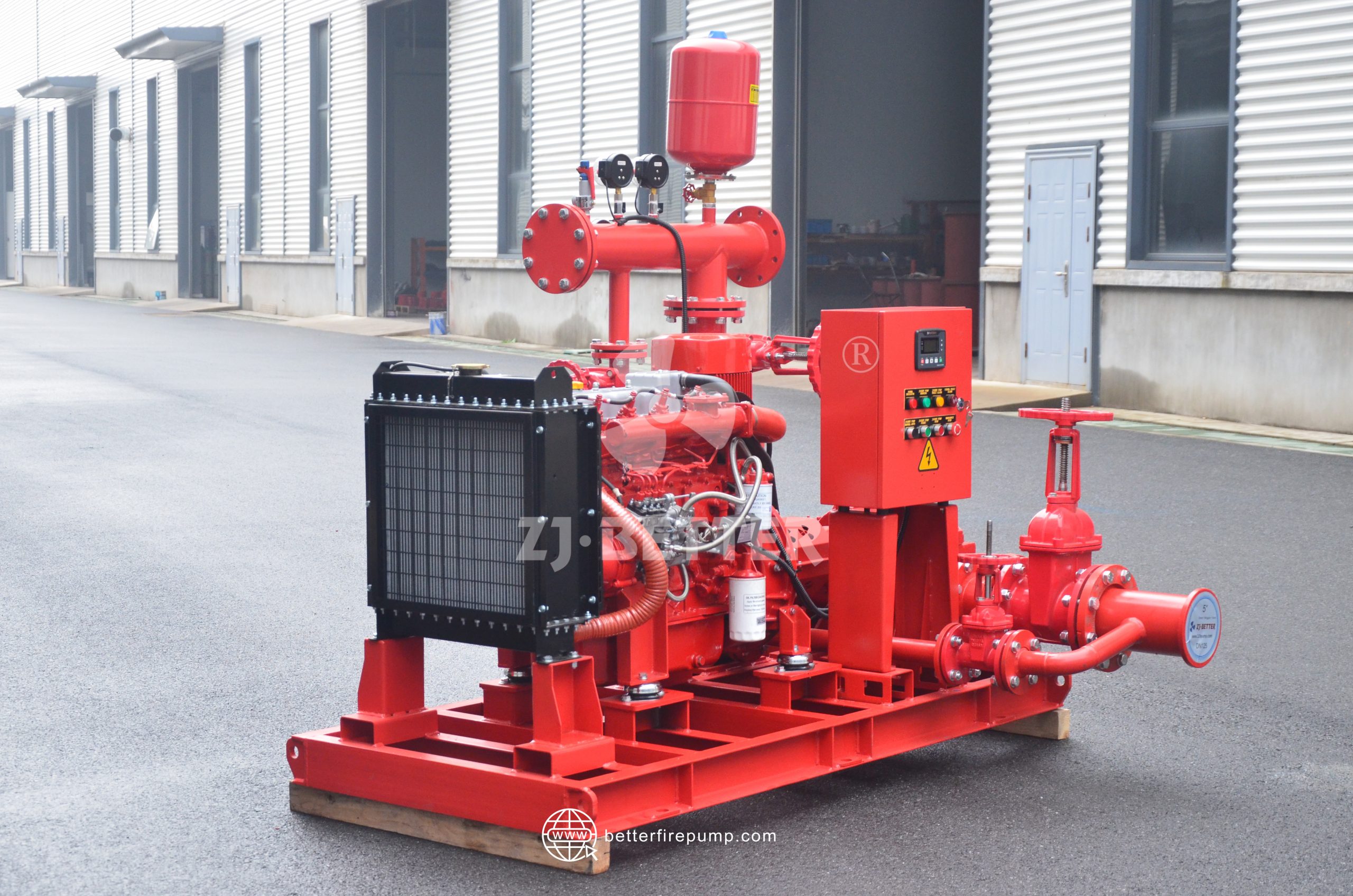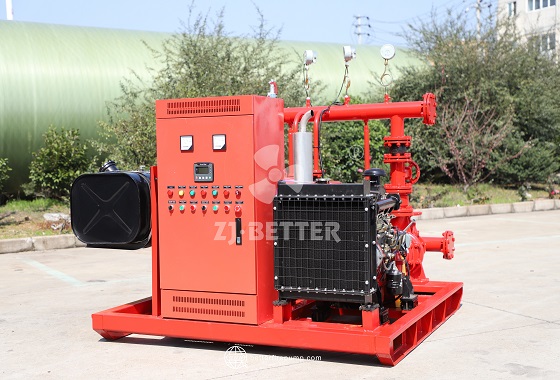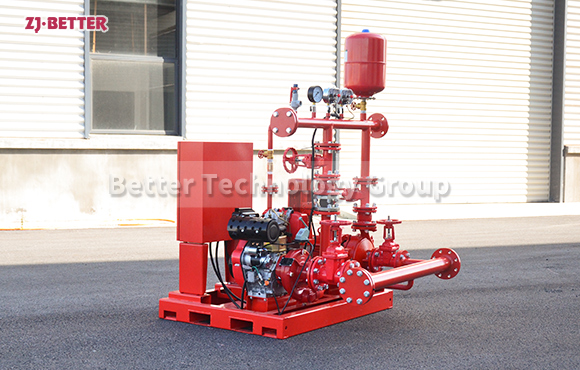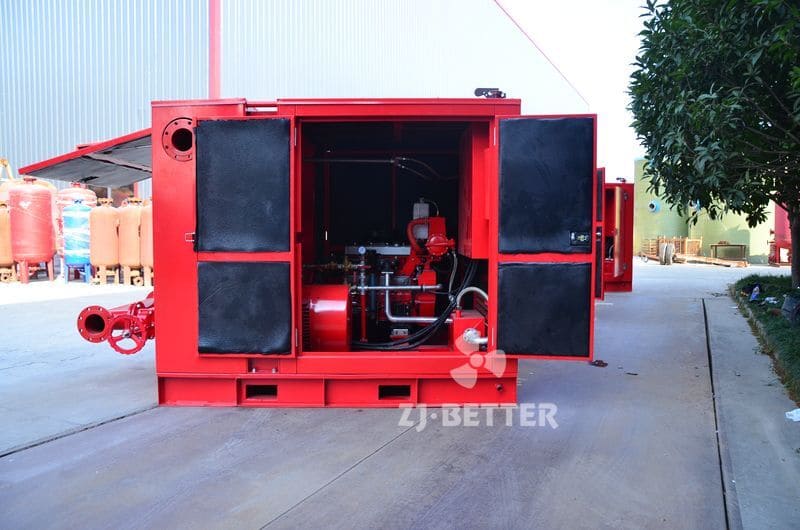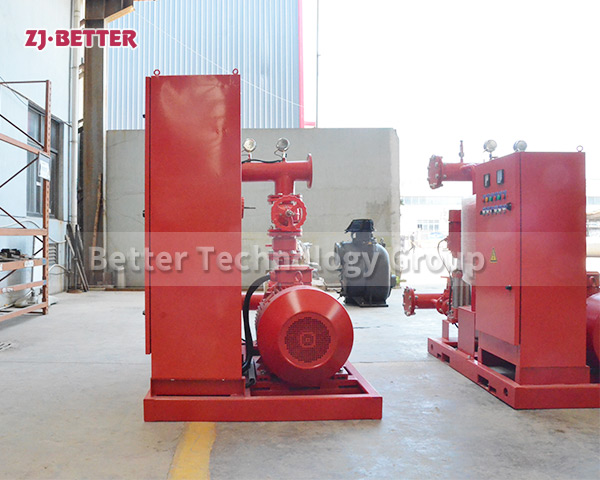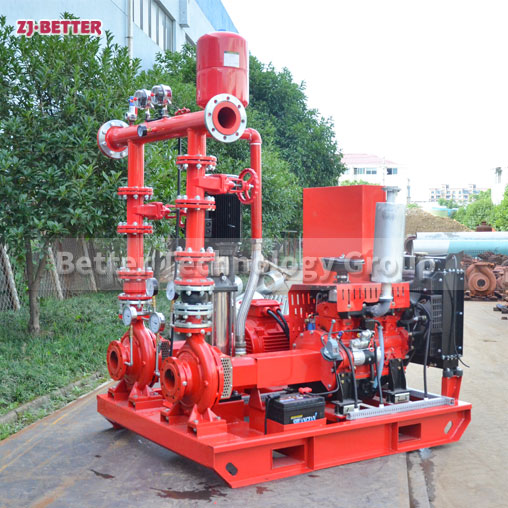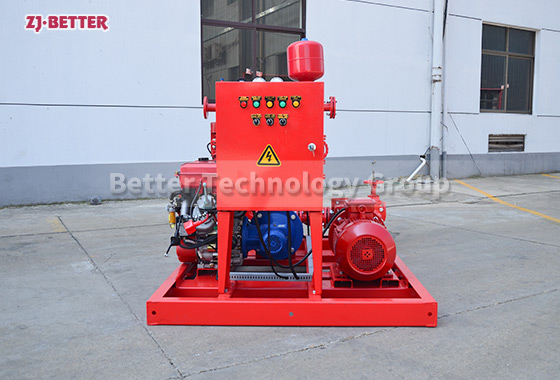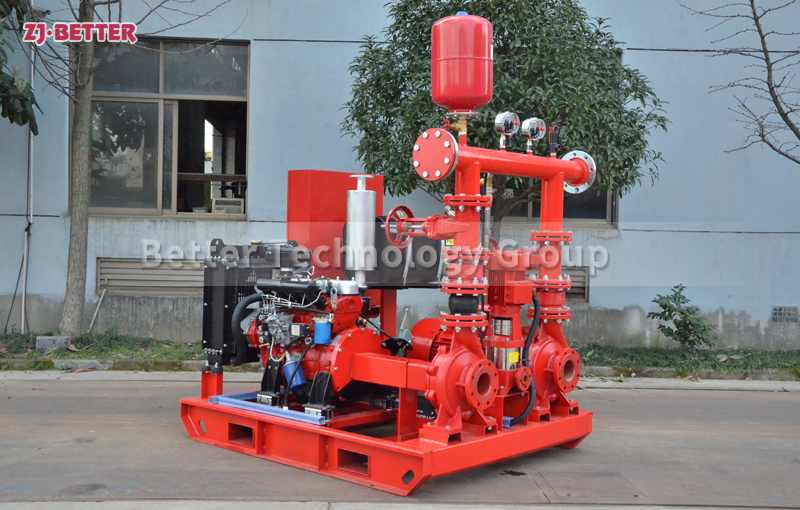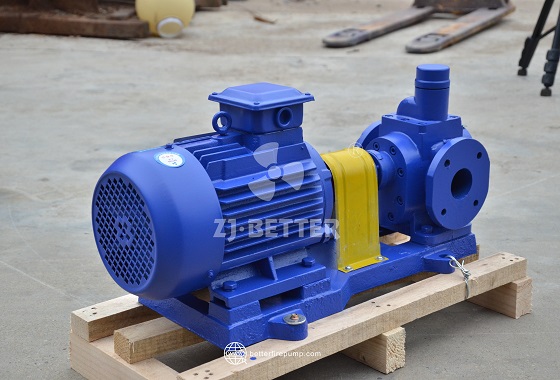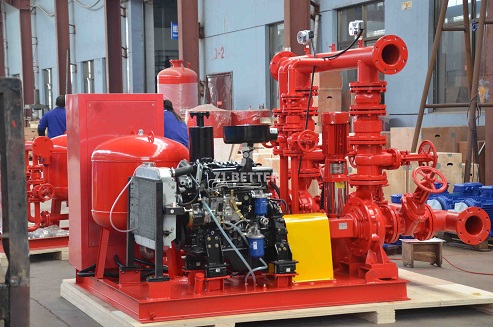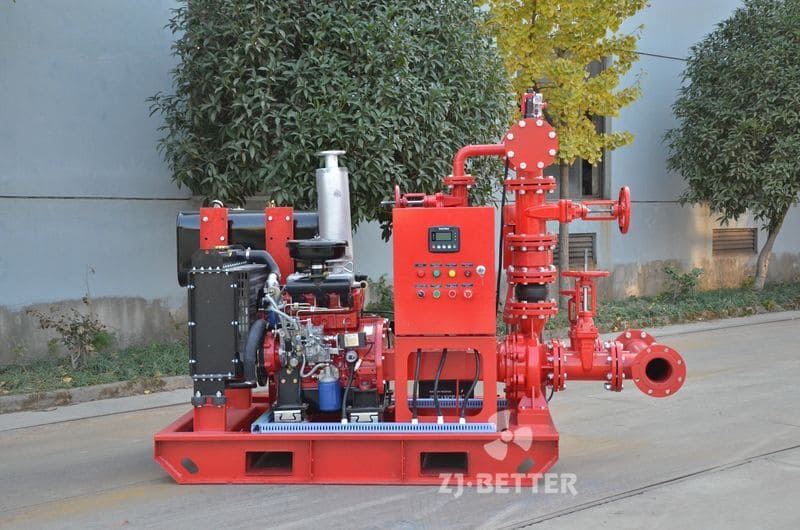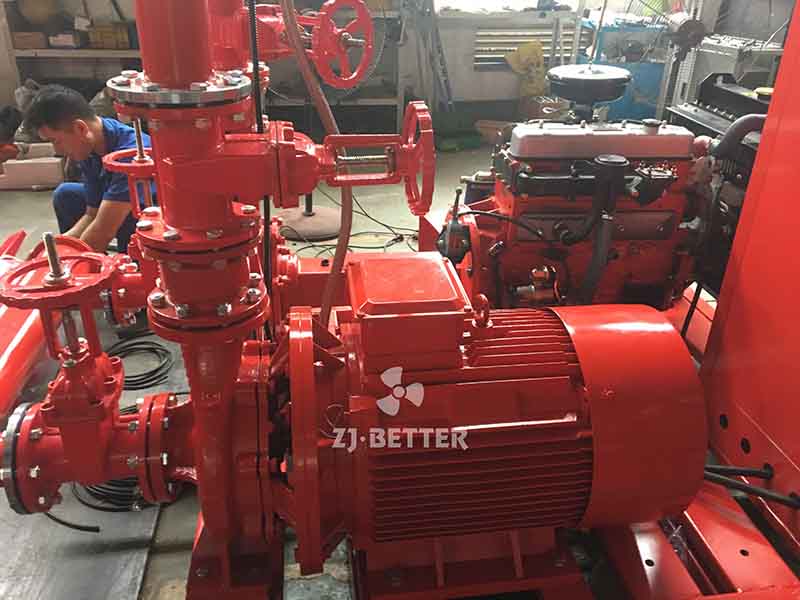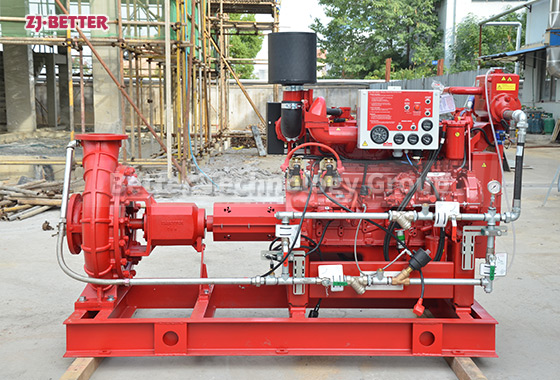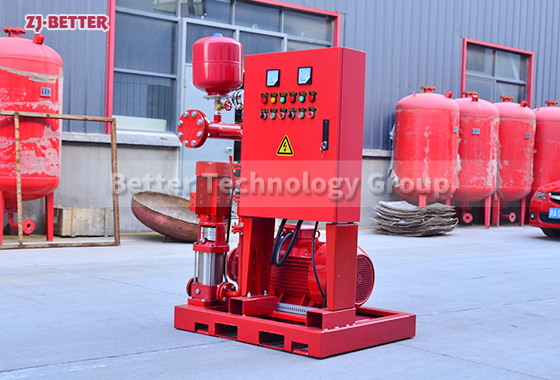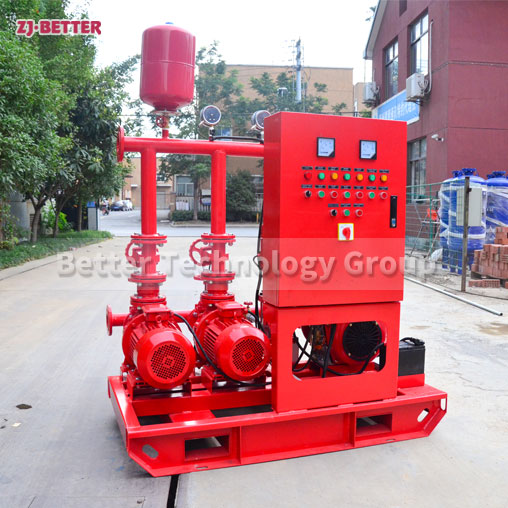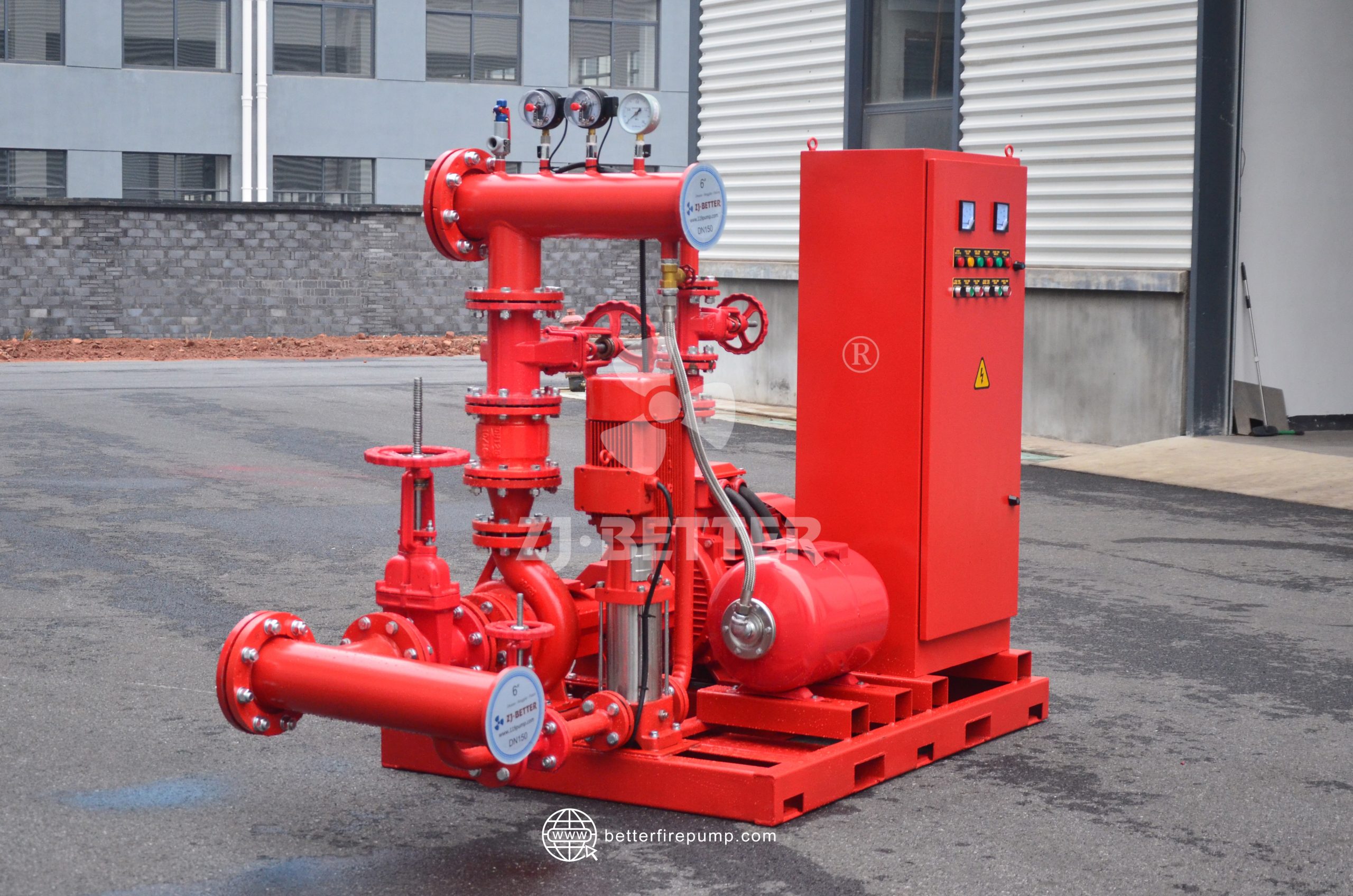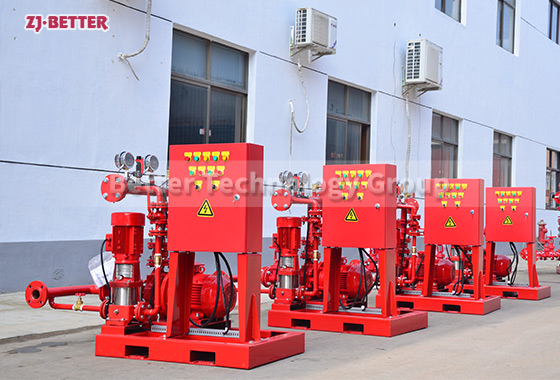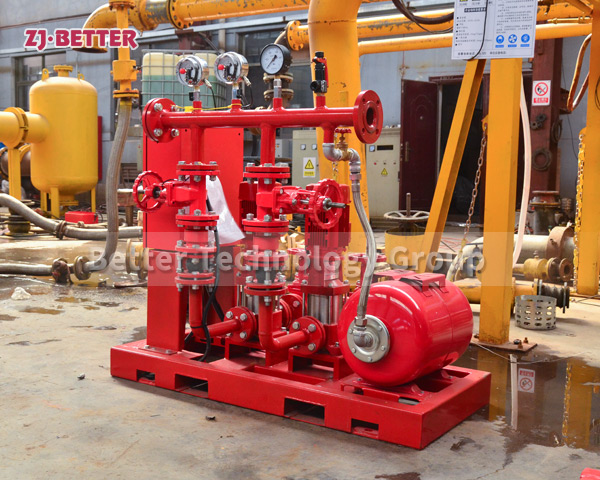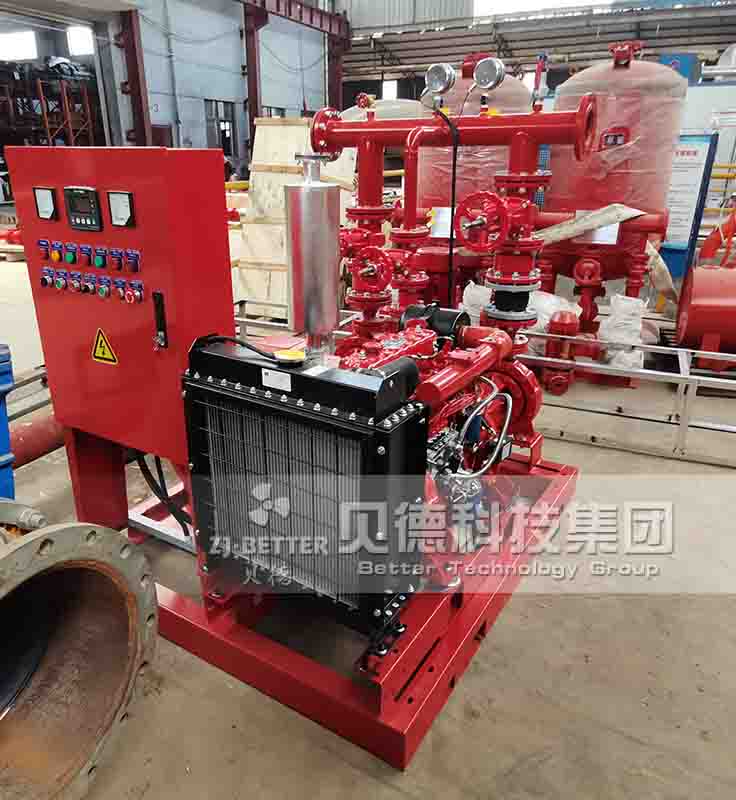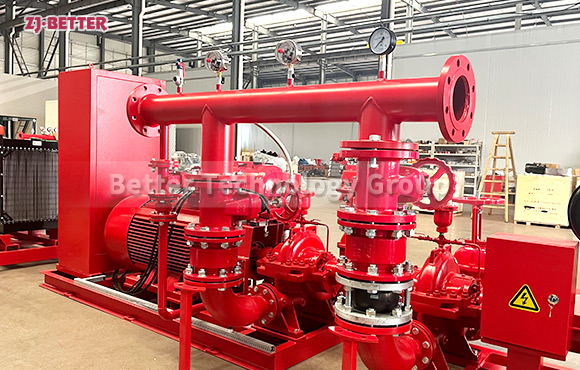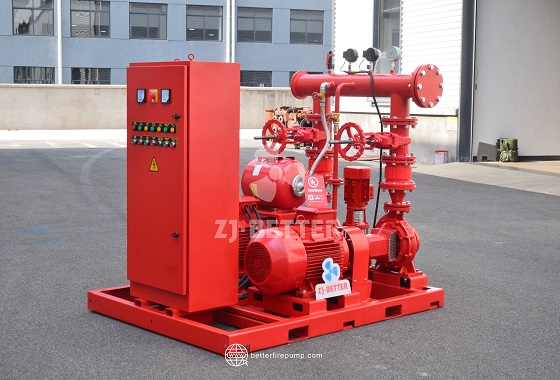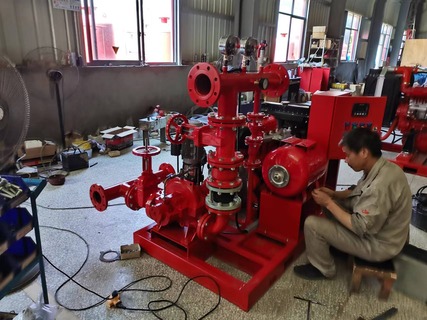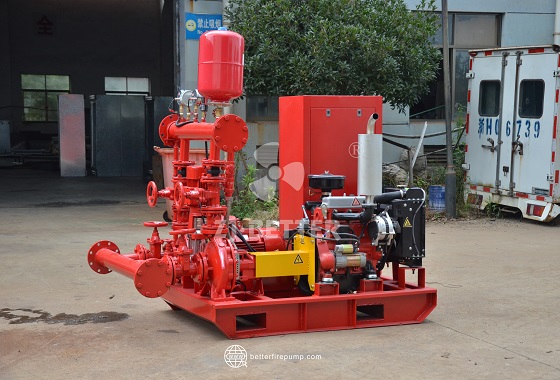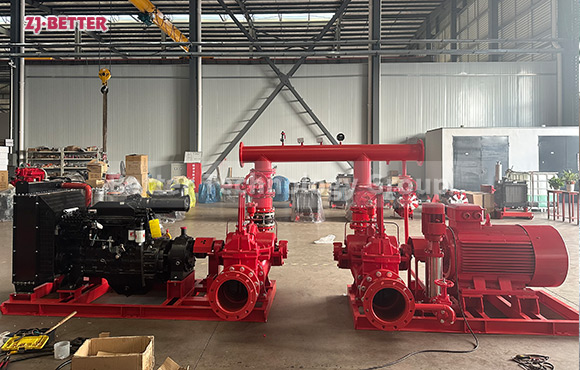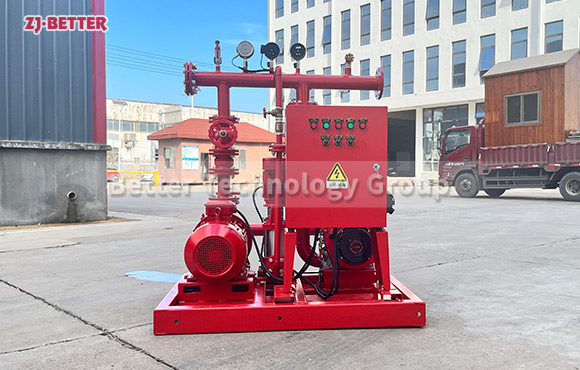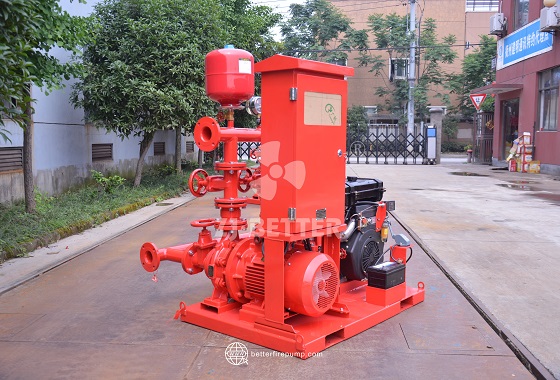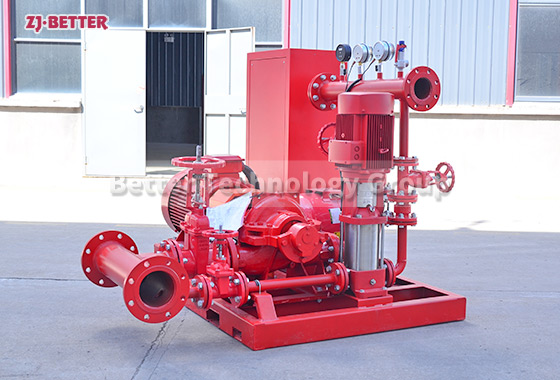Home » Fire Pump Set » 5 Differences Between Fire Pumps and Booster Pumps
5 Differences Between Fire Pumps and Booster Pumps
Learn the top 5 differences between fire pumps and booster pumps, including applications and pressure requirements.
Contact US
Get Price
Share:
Content
5 Differences Between Fire Pumps and Booster Pumps
Although both fire pumps and booster pumps enhance water pressure, they serve different purposes.
| Feature | Fire Pumps | Booster Pumps |
|---|---|---|
| Purpose | Emergency fire protection | General water pressure boosting |
| Operation | Runs only during a fire | Runs continuously or on demand |
| Standards | NFPA 20, UL/FM certified | No strict fire protection standards |
| Power Source | Diesel or electric | Mostly electric |
| Application | Fire sprinkler and hydrant systems | Domestic, commercial, or industrial water supply |
Choosing the right pump depends on whether you need emergency fire protection or general water pressure improvement.
Inquiry
More Fire Pump Set

